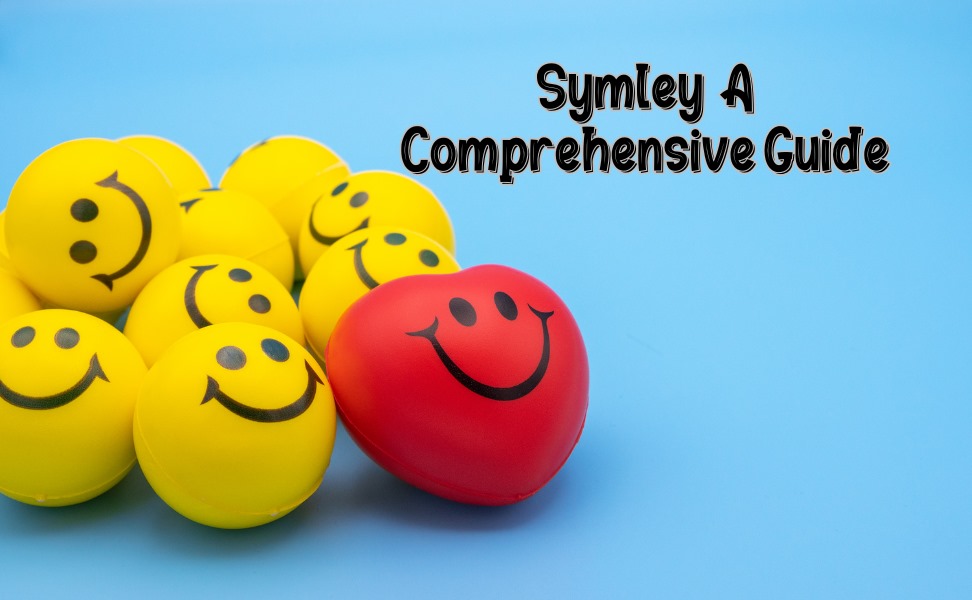Aggr8Budgeting: The Ultimate Guide to Budget Mastery

Introduction to Aggr8Budgeting
Are you tired of living paycheck to paycheck? Do you dream of financial freedom and security? Look no further! In this comprehensive guide, we’ll show you how to master the art of budgeting with Aggr8Budgeting, a simple yet powerful approach to managing your finances.
Understanding Budgeting
Before we dive into Aggr8Budgeting, let’s define what budgeting means. Budgeting is the process of creating a plan for how you want to allocate your money towards different expenses, savings, and debt repayment. It’s a crucial step in achieving financial stability and reaching your long-term goals.
The Problem with Traditional Budgeting
Traditional budgeting methods often focus on restricting expenses and cutting back on things you enjoy. This approach can lead to feelings of deprivation and make it difficult to stick to your budget. Aggr8Budgeting takes a different approach, focusing on maximizing your income and making conscious financial decisions.
The Aggr8Budgeting Framework
Aggr8Budgeting consists of eight key components:
-
Assess: Take stock of your current financial situation, including income, expenses, debts, and savings.
-
Goal-Setting: Identify your short-term and long-term financial goals.
-
Categorize: Divide your expenses into categories (e.g., housing, transportation, food).
-
Prioritize: Rank your expenses in order of importance.
-
Allocate: Assign specific amounts to each category based on priority.
-
Automate: Set up automatic transfers for savings, debt repayment, and bill payments.
-
Review: Regularly track and adjust your budget.
-
Evolve: Continuously improve your budgeting skills and adapt to changing circumstances.
Implementing Aggr8Budgeting
Step 1: Assess Your Finances
Start by gathering all relevant financial documents, including pay stubs, bank statements, and bills. Calculate your net income, total expenses, debts, and savings.
Step 2: Set Financial Goals
Determine what you want to achieve through budgeting. Do you want to save for a down payment on a house? Pay off debt? Build an emergency fund?
Step 3: Categorize Expenses
Group your expenses into categories, such as:
-
Housing (rent/mortgage, utilities, maintenance)
-
Transportation (car loan/gas/insurance, public transportation)
-
Food (groceries, dining out)
-
Insurance (health, life, disability)
-
Debt repayment (credit cards, loans)
-
Entertainment (hobbies, movies, concerts)
-
Savings (emergency fund, retirement)
Step 4: Prioritize Expenses
Rank your categories in order of importance. Essential expenses like housing and utilities come first, followed by non-essential expenses like entertainment.
Step 5: Allocate Funds
Assign specific amounts to each category based on priority. Consider using the 50/30/20 rule: 50% for essential expenses, 30% for non-essential expenses, and 20% for savings and debt repayment.
Step 6: Automate Your Finances
Set up automatic transfers for:
-
Savings
-
Debt repayment
-
Bill payments
-
Investments
Step 7: Review and Adjust
Regularly track your spending and compare it to your budget. Make adjustments as needed to stay on track.
Step 8: Evolve Your Budget
Continuously improve your budgeting skills by:
-
Learning new strategies
-
Adapting to changing circumstances (e.g., job loss, income increase)
-
Seeking support from financial advisors or online resources

Aggr8Budgeting
Benefits of Aggr8Budgeting
-
Financial Clarity: Understand exactly where your money is going.
-
Reduced Stress: Feel confident in your ability to manage your finances.
-
Increased Savings: Make progress towards your financial goals.
-
Improved Credit: Pay bills on time and reduce debt.
-
Financial Freedom: Enjoy peace of mind and the freedom to pursue your passions.
Common Budgeting Mistakes
-
Not tracking expenses: Failing to monitor spending leads to budgeting blind spots.
-
Not prioritizing needs over wants: Confusing essential expenses with non-essential expenses.
-
Not automating finances: Failing to set up automatic transfers leads to missed payments and lost savings.
-
Not reviewing and adjusting: Failing to regularly review and adjust your budget leads to stagnation.
Overcoming Budgeting Challenges
Dealing with Irregular Income
If you have an irregular income, budgeting can be more challenging. Consider:
-
Averaging your income over some time
-
Creating a bare-bones budget for lean months
-
Building an emergency fund to cover unexpected expenses
Managing Expenses
-
Use the 50/30/20 rule as a guideline
-
Prioritize essential expenses
-
Cut back on non-essential expenses
Paying Off Debt
-
Focus on high-interest debt first
-
Consider debt consolidation or balance transfer
-
Pay more than the minimum payment
Building Savings
-
Start small and gradually increase savings
-
Take advantage of employer-matched retirement accounts
-
Consider automating savings with separate accounts
Budgeting Tools and Resources
Spreadsheets
-
Google Sheets or Microsoft Excel for budget tracking
-
Templates are available online or create your own
Budgeting Apps
-
Mint, You Need a Budget (YNAB), or Personal Capital for tracking expenses and staying on top of finances
Financial Advisors
-
Consider consulting a financial advisor for personalized guidance
Maintaining Motivation
Celebrate Small Wins
-
Acknowledge progress along the way
-
Treat yourself to small rewards
Find Accountability
-
Share goals with a trusted friend or family member
-
Join a budgeting support group
Stay Educated
-
Continuously learn new budgeting strategies
-
Stay up-to-date on personal finance news and trends
Aggr8Budgeting in Action
Meet Jane, a 30-year-old marketing specialist who struggled with budgeting. She implemented Aggr8Budgeting and:
-
Assessed her finances and identify areas for improvement
-
Set goals to pay off debt and build an emergency fund
-
Categorized expenses and prioritized needs over wants
-
Automated savings and debt repayment
-
Regularly reviewed and adjusted her budget
Result: Jane paid off $5,000 in debt, built a $10,000 emergency fund, and increased her savings rate by 20%.
Conclusion
Aggr8Budgeting offers a comprehensive approach to budgeting that focuses on maximizing income and making conscious financial decisions. By following the Aggr8Budgeting framework and overcoming common budgeting challenges, you’ll be well on your way to achieving financial mastery and securing a brighter financial future. Remember to stay committed, patient, and kind to yourself throughout your budgeting journey.




Leave a Comment